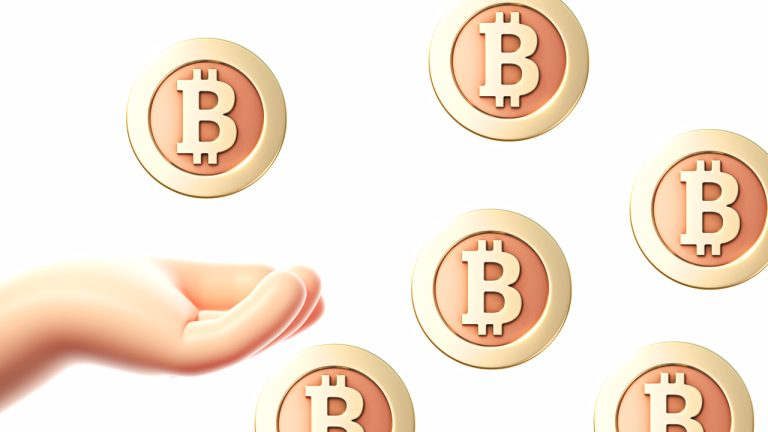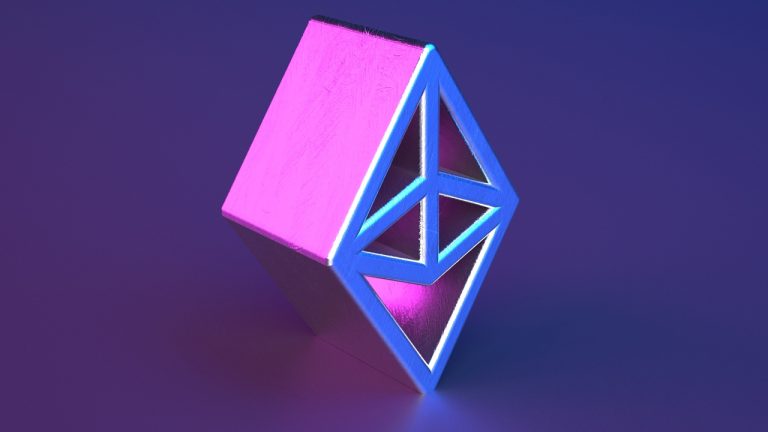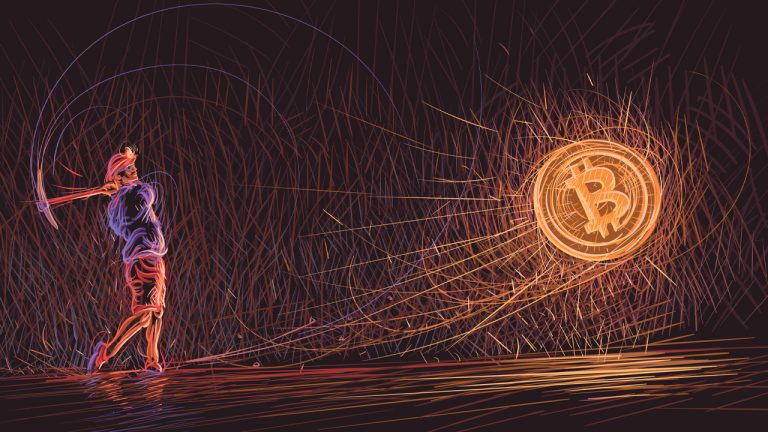
Aptos suffered a five-hour outage, coincidentally in the same week that the network launched this time last year.
Layer-1 blockchain Aptos Network has managed to bring its network back to normal operations after a lengthy five-hour outage that saw transactions on its network “impacted."
According to the Aptoscan network tracker, on-chain transactions on the Move language-based blockchain were halted 11:11pm UTC on Oct. 18 at block 104621314 — down for more than five hours.

Aptos seemingly confirmed the outage with a post on X (formerly Twitter), noting:
“Your energy for Aptos One was so electric, you cut the lights!”
At the time, the team added that “transactions on the network have been impacted” and they were “working diligently” to resolve the issue.
Your energy for Aptos One was so electric, you cut the lights!
— Aptos (@Aptos_Network) October 19, 2023
What that means at the moment is that transactions on the network have been impacted. We are working diligently to resolve the issue and will keep you updated upon completion.
The outage then led crypto exchanges Upbit and OKX to alert users about maintenance for the Aptos network, adding that APT deposits and withdrawals were temporarily suspended.
Before the outage, Aptos Labs posted a birthday message saying, “It's been a year since Aptos Mainnet burst onto the scene.”
Aptos, a heavily VC-backed project that launched on Oct. 17, 2022, was built by former Meta employees who worked on Facebook’s Diem blockchain.
Related: Solana records 1 outage in first half of 2023, 100% uptime in Q2
It may be outage season as Aptos is not the only chain to go down recently.
On Oct. 19, the Theta Network team stated that a recent node upgrade created an “edge case bug” that caused blocks on the main chain to stop producing for several hours.
It added that a fix had been implemented and the network was operating normally again.
In September, the Coinbase layer-2 network Base suffered its first major outage since the launch in the previous month.
Magazine: Beyond crypto: Zero-knowledge proofs show potential from voting to finance



















